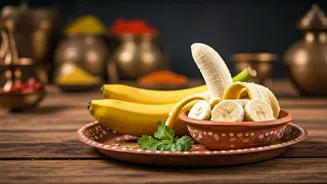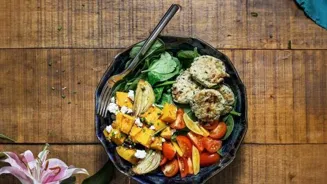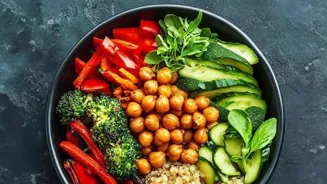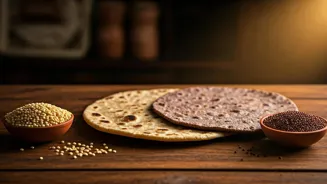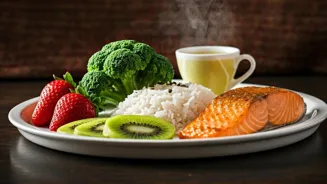Banana Basics Unpacked
Bananas, a staple in many Indian households, come in various stages of ripeness. The sugar content varies with ripeness, impacting blood sugar differently.
This section explores the fundamentals, setting the stage for the comparison. From Kerala to Kashmir, bananas are loved!
One Banana's Impact
When you consume a single banana, your blood sugar tends to rise. The speed of the rise depends on the banana's ripeness. Green bananas have less sugar, and thus a slower impact, while ripe ones are quicker. Think of it like a quick chai-break for your body.
Two Bananas Compared
Eating two bananas, especially if both are ripe, will likely lead to a more significant and faster increase in blood sugar. This is because you're consuming more natural sugars. Keep in mind the cultural context: sweet treats are common after a meal.
Ripeness Matters, Always!
The ripeness of the banana is a critical factor. Unripe bananas have higher starch content, which the body digests and converts into sugars. Ripe bananas are sweeter and contain higher sugar levels. Check for those black spots; they are an indication of more sugar.
Indian Context & Tips
In India, bananas are easily accessible. This article is an insight for health-conscious individuals. Control portion sizes, and consider the timing of consumption. It's all about balance – enjoy your banana, but be mindful of your overall diet. Just like adding a little tadka to your meal!
